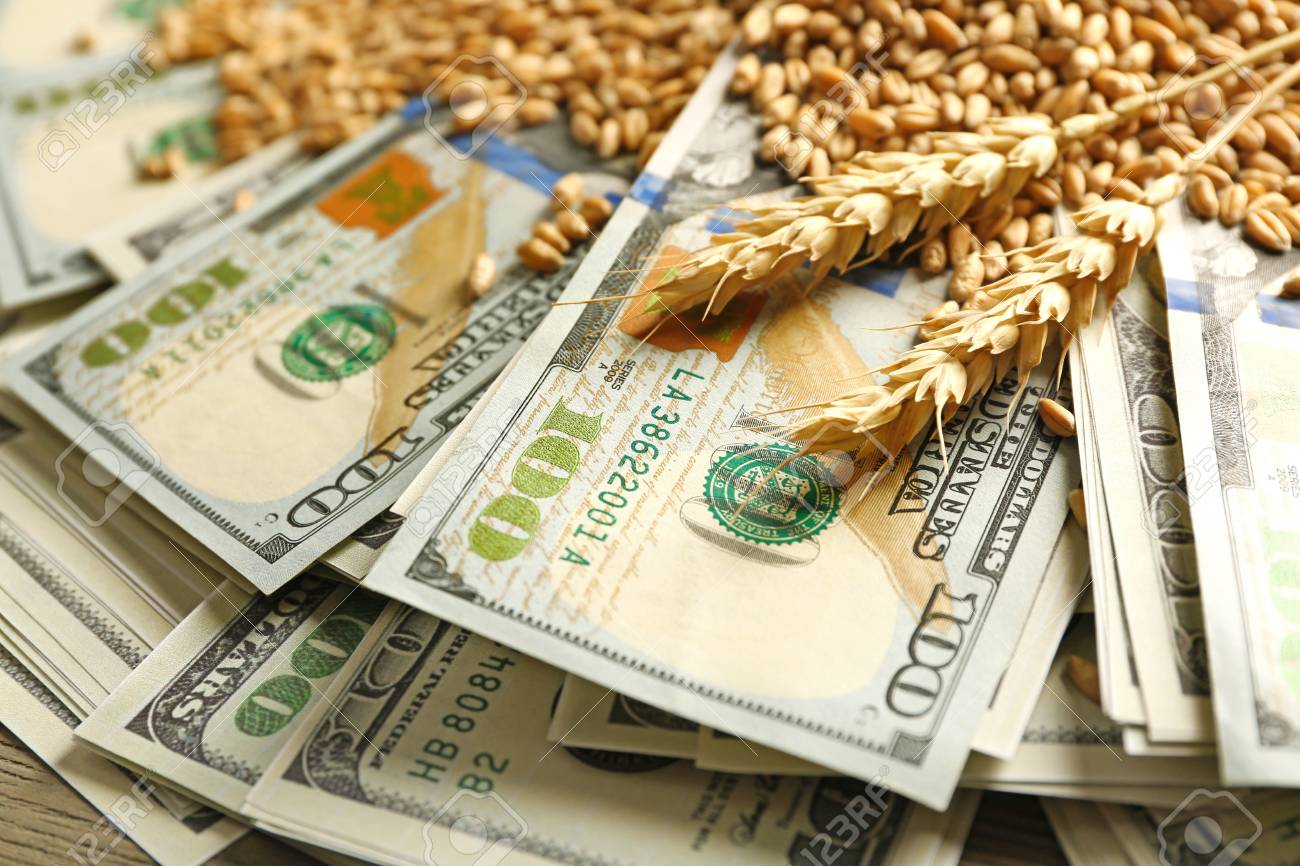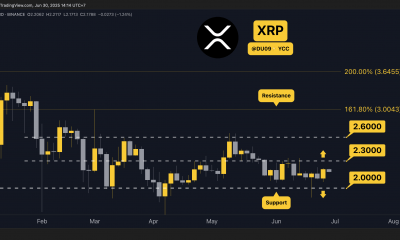Commodities
Grain futures today rise in price

Soybean prices jumped 1.4 percent on the CBOT on Monday amid hopes for increased exports. Farmers in China, the world’s biggest consumer of soybeans, are facing hot and dry weather that will likely reduce the soybean crop.
“Apparently, importers want to secure their supply of soybeans,” said Greg Grow of Archer Financial Services. – The soybean market is currently in high demand for near-term supplies.”
Grain futures today are also rising in value. CBOT’s most actively traded soft red-grain wheat contracts rose in price as short positions closed after falling to a six-and-a-half-month low last week. Grain futures prices promise to continue to rise.
Corn prices are also rising, but the upside potential is limited as traders await weekly U.S. Department of Agriculture crop condition data as well as crop inspection data in Ohio, South Dakota and Nebraska.
Around 4:12pm GMT, November soybean futures on CBOT rose 23 3/4 cents to $14.27 3/4 a bushel, and December soft red wheat futures rose 14 1/4 cents to $7.85 1/4 a bushel.
December CBOT corn contracts rose 3 3/4 cents to $6.27 a bushel.
On Monday, the U.S. Department of Agriculture reported that soybean export inspection volume for the week of Aug. 12-18 was 686,583 tons, largely in line with forecasts. The U.S. Department of Agriculture also raised the previous week’s estimate for soybean export inspections from 744,571 tons to 768,328 tons.
Export inspections for corn were 740,508 tons and wheat was 594,273 tons. These data coincided with analysts’ forecasts. This means that grain markets and other stuff will continue to grow.
Earlier, we reported that oil prices were rising during Wednesday’s trading session.
Commodities
Oil prices rise; U.S. crude inventories plunge, Russia-Ukraine truce eyed
Commodities
India’s Reliance to stop buying Venezuelan oil over US tariffs, sources say
Commodities
Oil prices climb on Venezuela supply worries

 Forex3 years ago
Forex3 years agoForex Today: the dollar is gaining strength amid gloomy sentiment at the start of the Fed’s week

 Forex3 years ago
Forex3 years agoUnbiased review of Pocket Option broker

 Forex3 years ago
Forex3 years agoDollar to pound sterling exchange rate today: Pound plummeted to its lowest since 1985

 Forex3 years ago
Forex3 years agoHow is the Australian dollar doing today?

 Cryptocurrency3 years ago
Cryptocurrency3 years agoWhat happened in the crypto market – current events today

 World3 years ago
World3 years agoWhy are modern video games an art form?

 Commodities3 years ago
Commodities3 years agoCopper continues to fall in price on expectations of lower demand in China

 Economy3 years ago
Economy3 years agoCrude oil tankers double in price due to EU anti-Russian sanctions





























